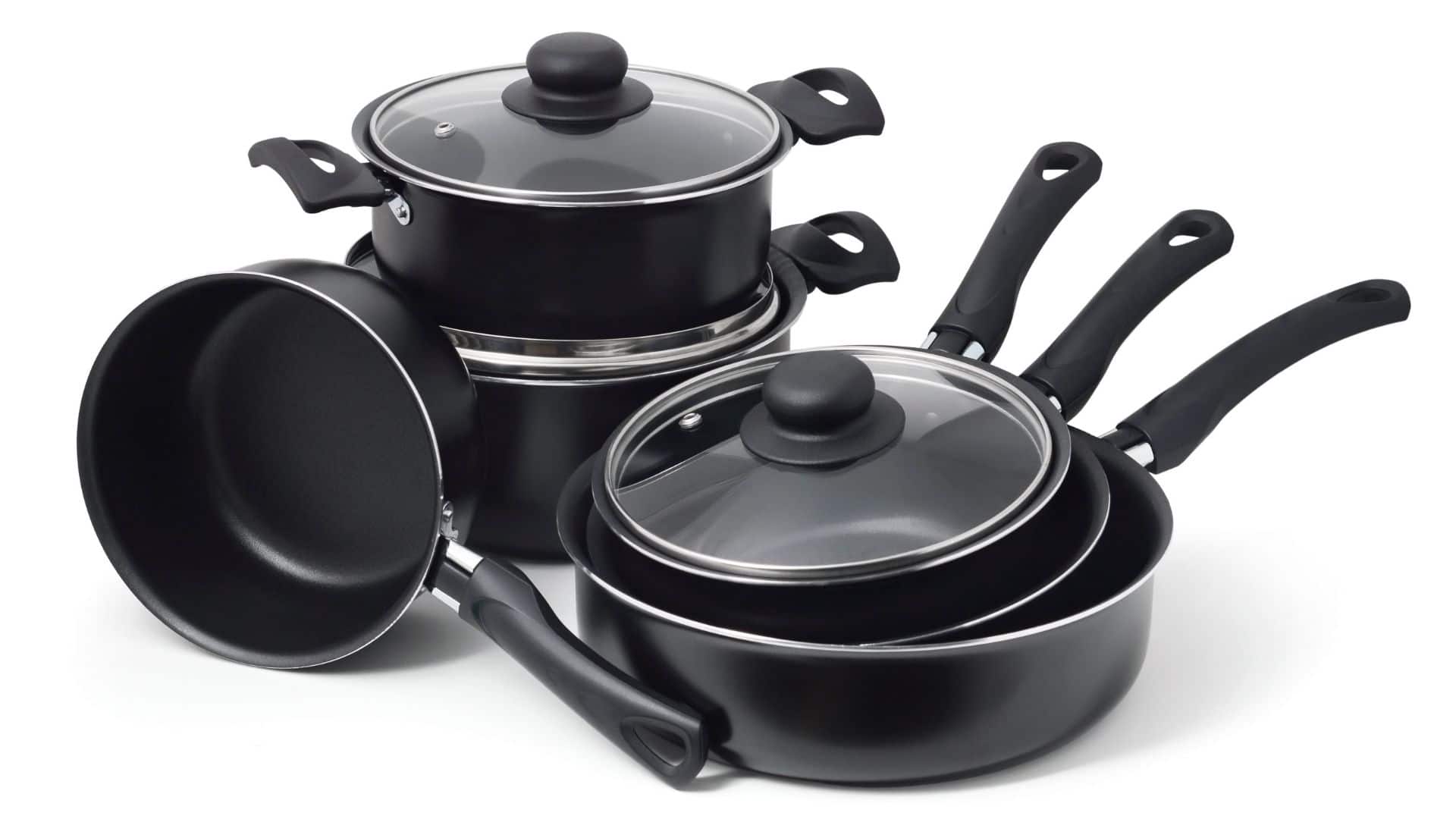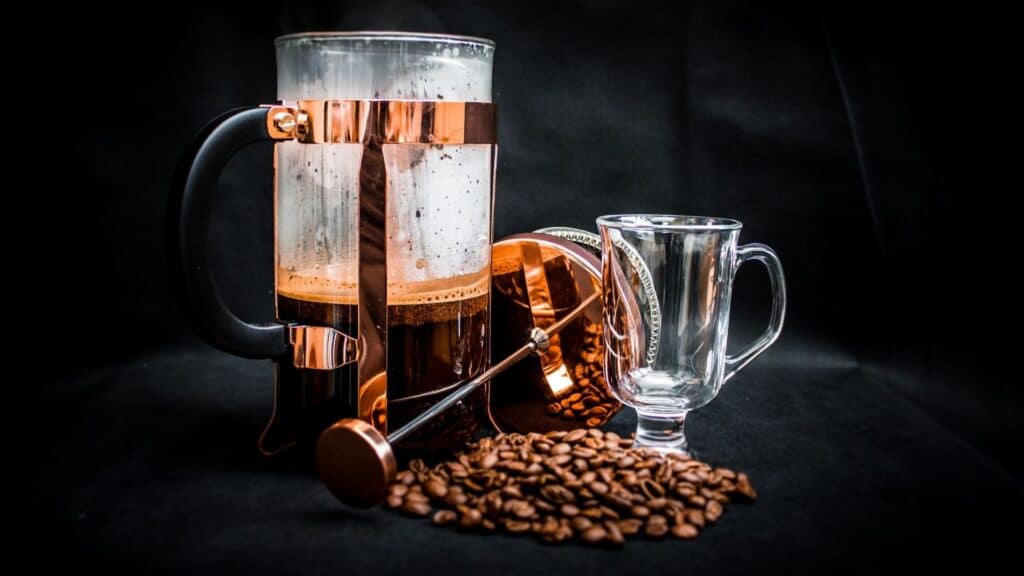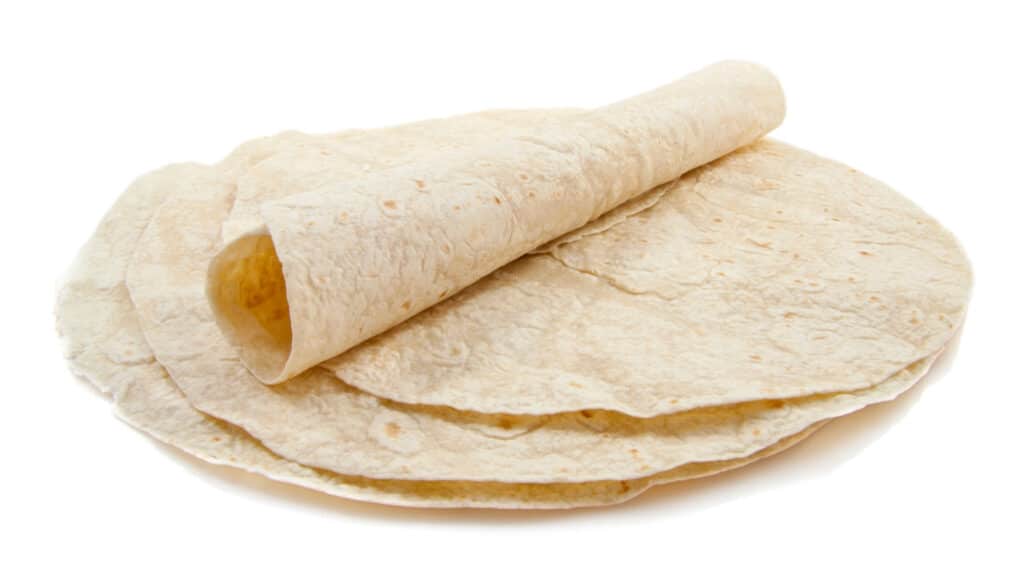What The Right Cup for Espresso Should Be
Table of Contents
Toggle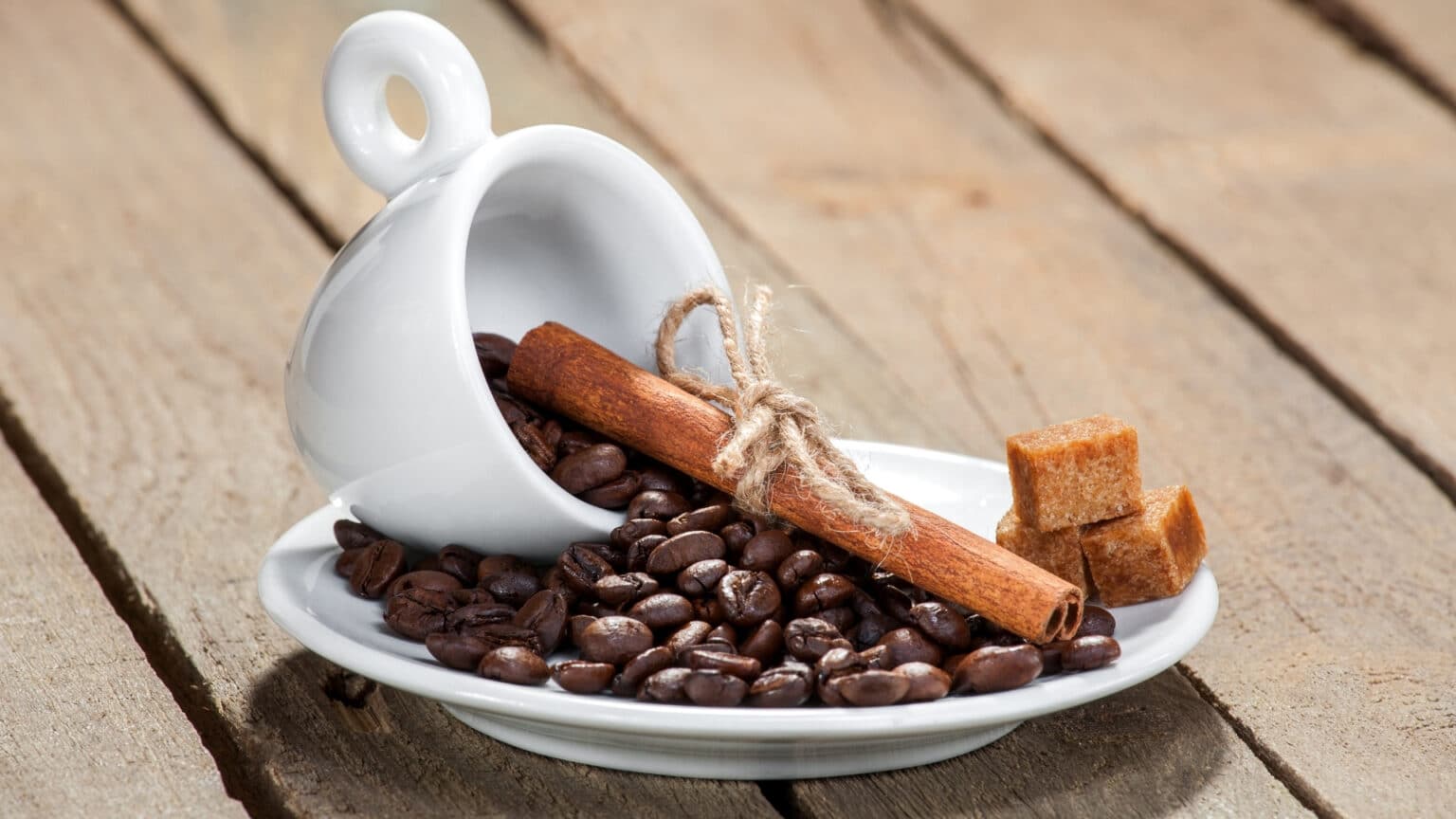
Last Updated: March 1, 2022
Coffee made its first appearance in the 1600s and since then is enjoyed worldwide by millions of people every day. The fact is, good espresso coffee not only tastes amazing but it will also wake you up quicker than any cup of joe could. Coffee and Espresso (which is basically just a strong version of coffee) is one of the world’s favorites beverages and it has been for decades.
Coffee and Espresso are in the same order of things but they don’t come off as identical. Coffee is a flavor bomb with fruity tones and it’s vanilla and caramel flavors are wonderful. With Espresso, you think of coffee but to different level; it ‘s way stronger which is why a slight amount will do. Being more concentrated makes the espresso taste stronger and deeper as compared to other coffees.

Coffee has been consumed for centuries, but it wasn’t until the 1800s that it became a more popular drink. It was cultivated in Yemen and shipped to the world. Statistics show that Americans consume more than 400 million cups of coffee each day.
The is one of the most savored beverages on the planet, but did you know that there are numerous ways to wrongfully enjoy your favorite cup? No matter if you’re an experienced coffee drinker or not, there are interesting facts that you may not know.

Coffee cups for espresso coffee is a classic symbol of Italian tradition. Even if you’re not an aficionado, it’s difficult to resist the charm of these memorable receptacles that have become inseparable from the world’s favorite drink: strong coffee with creamy milk and rich foam.
The truth is that coffee cups for espresso are not just a common utensil, they are a work of art and a mean of livelihood for some people. Anyone who has had the luck to taste one knows how pretty they are. They are distinguished by their shape, volume and wall thickness.
A true coffee aficionado will never drink espresso from another cup, because only the right configuration allows you to keep a thick crema and taste and aroma of the drink.
How to Choose The Right Cup to Serve Espresso
Espresso is made under high pressure in a special coffee machine. The coffee is poured directly into a serving dish and the sugar is served separately. Espresso is a short black coffee which is made by passing hot water at high pressure through finely ground coffee. The result is a coffee with an intense strength, dark colour and rich taste.
Espresso differs to cappuccino or latte in that it is served in one dose. A genuine espresso is made from carefully selected coffee beans. It takes its name from the Italian word espresso which means “pressed out.”
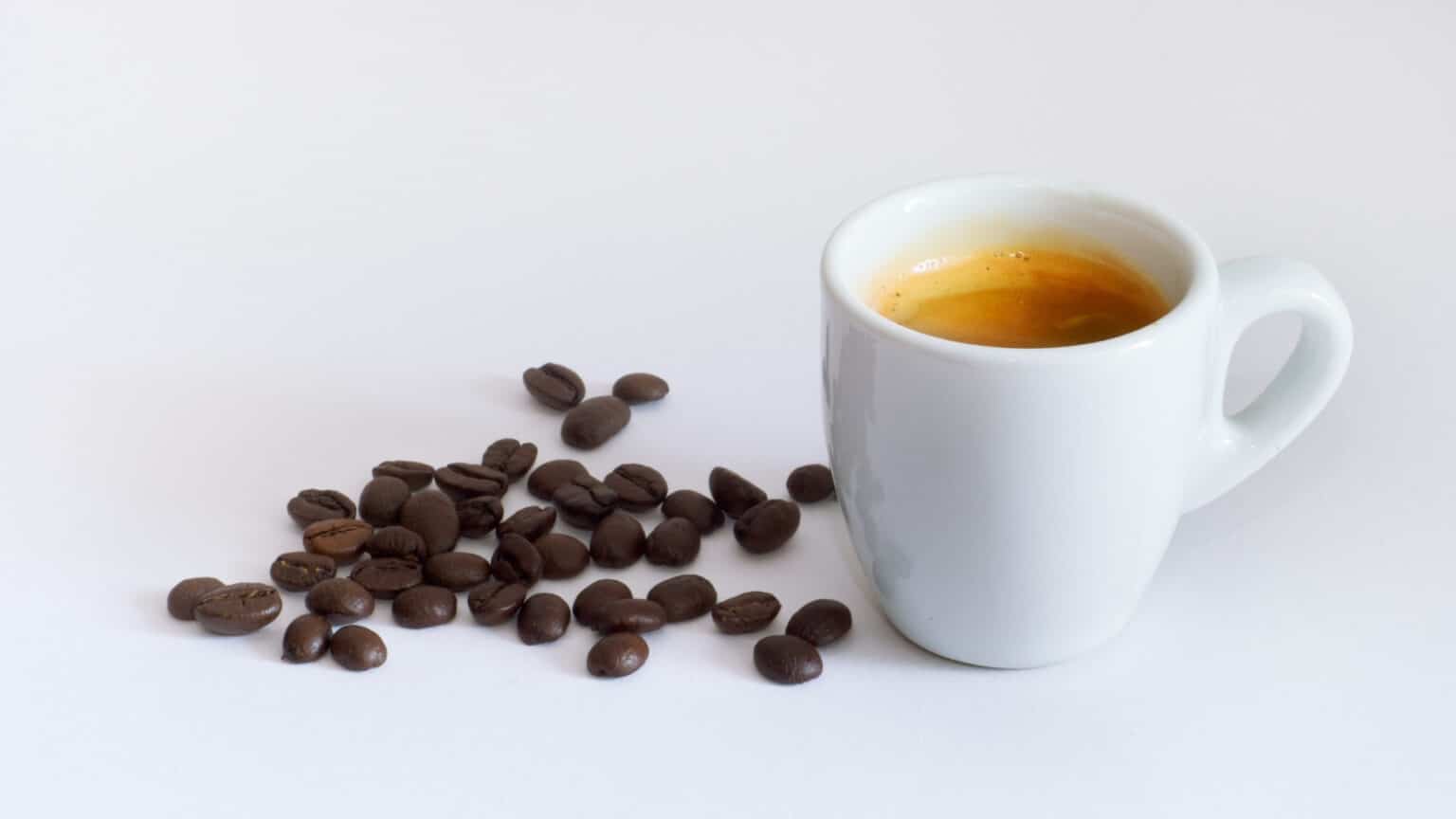
Espresso is traditionally served in a small cup and accompanied by a saucer with a small pitcher of steamed milk upon which the espresso is topped with foamed milk and sugar. Espresso may be served with condensed or “dry” milk, heated chocolate, or other flavors.
Special Form
In stores you can find special cups for espresso coffee in different shapes – from the classic truncated cone with a narrowed bottom to rectangular and designer ones. But the secret lies not on the outside, but on the inside – the outside may be intricate, but the inside must be egg-shaped.
Why is it so? Specialists say that espresso coffee needs a delicate balance of pressure and time. If the cup is too narrow, too wide or the wall is too thick, the pressurization of boiling water is uneven and you get a bitter taste. The egg-shaped cups are designed to slow down extraction. The egg shape cup is a classic in all cafes.
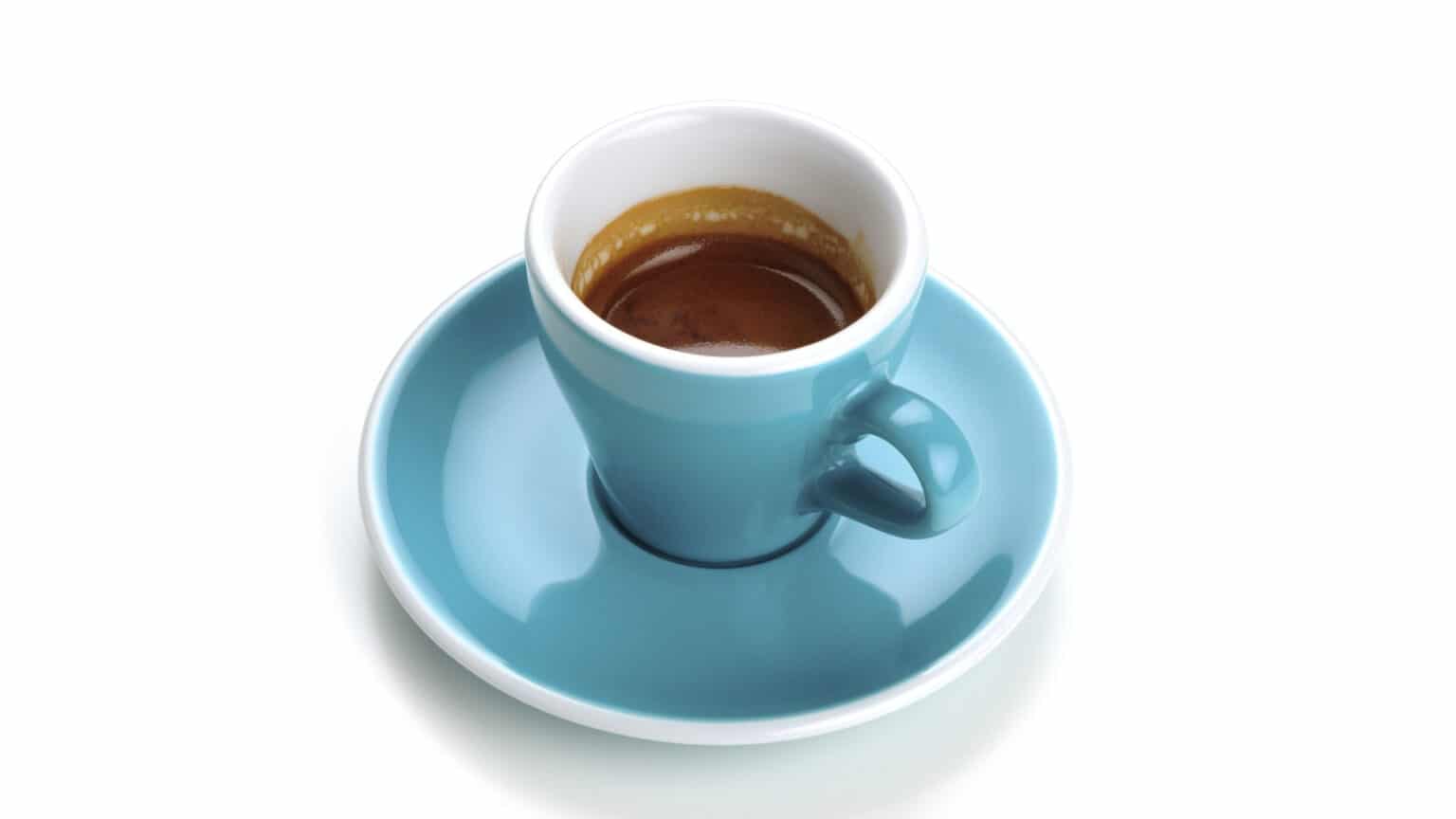
The wine glass resonates in a combination of spherical and conical curves. This also applies to the shape of the coffee cup. The hemispherical shape makes it possible for all receptors on the lips to be used. The feeling of the hot, smooth porcelain is a sensual experience that is always memorable. When drinking coffee, the temperature of the drink plays a very important role for the quality of the flavour.
The same applies to the froth (probably one of the most important elements for enjoying an Italian espresso). It must be born from an even layer, without gaps or holes, and not be too dense. The Italian barista offers all these elements to you. The perfect combination of temperature, shape and texture guarantees that during drinking, all senses are attentively caressed by an incredible taste.
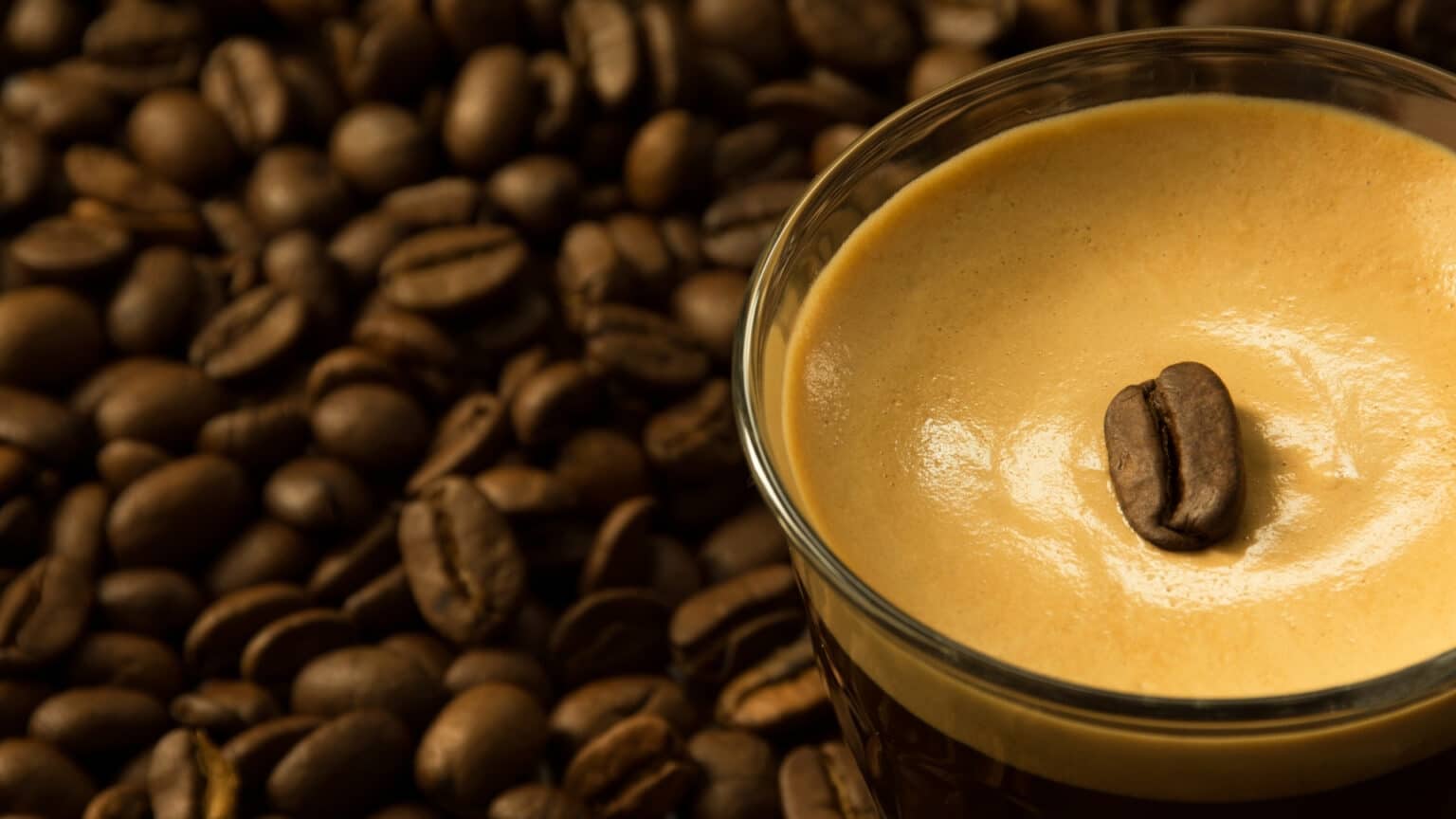
If you look closely, you’ll notice that there are coffee cups on sale with walls that are about 7 cm high and squat to 5 cm. The secret lies in the type of coffee being made. Classic espresso is made with a mixture of Arabica and Robusta, as it is the Robusta that produces the characteristic espresso crema. However, it has more caffeine and acidity, so some people prefer to use only arabica. Narrower and taller espresso cups are exactly what Arabica espresso is made for.
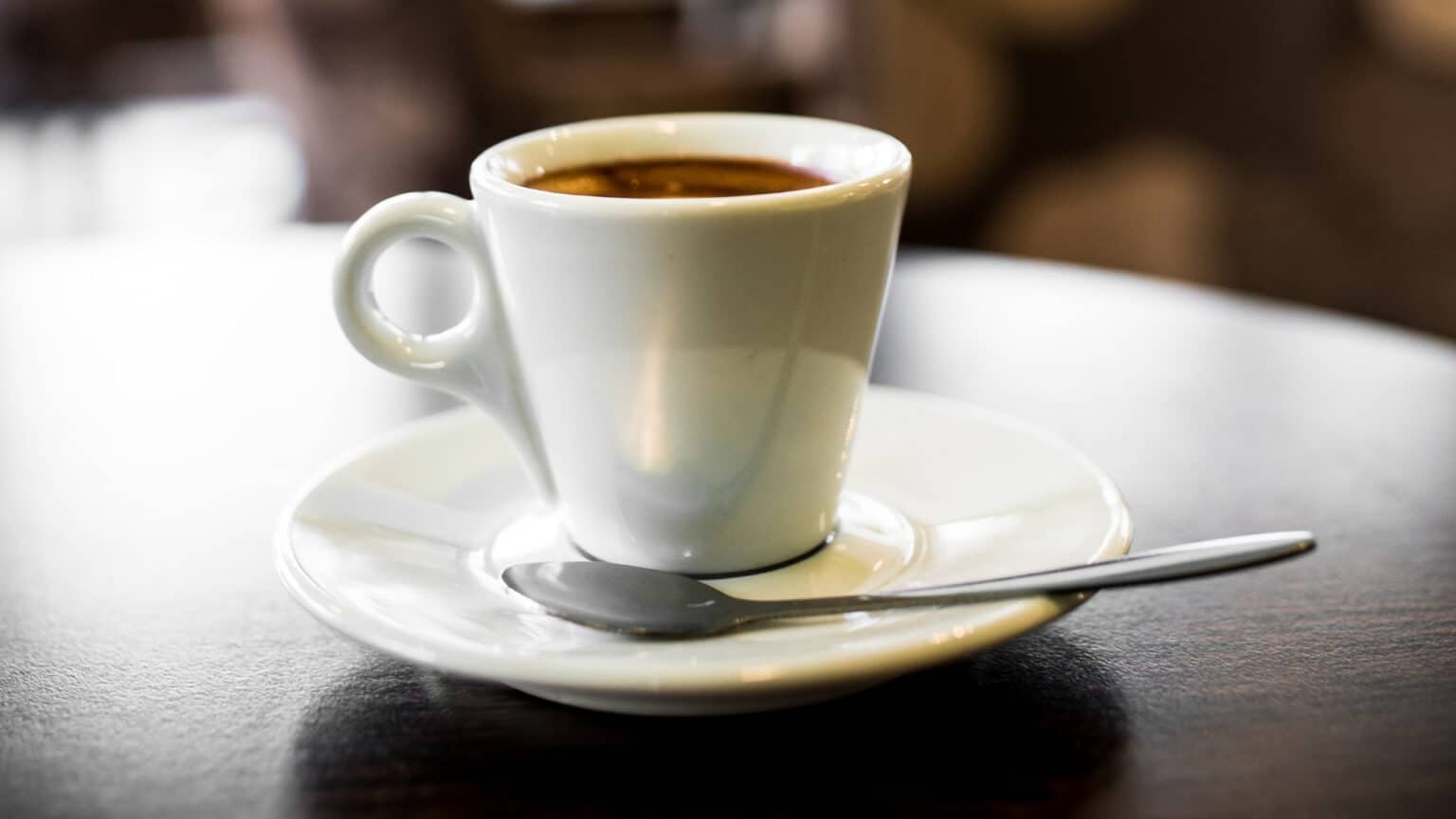
A saucer is an optional accessory to the coffee cup. Its task is to protect the table from drops. When cooking in a coffee machine, the bottom is almost always dirty, so a saucer is indispensable. Saucers have always been necessary in the kitchen. The development of coffee from a simple dish to an independent product, which is now sold in shops, was also supported by saucers.
These are used, among other things, for coffee cups and glasses. In Europe, from the 17th century they began to spread more actively among the population. At first there were only narrow saucers that were like little plates without handles. The most modern versions of them have very wide edges and are like small bowls in which you can carry your morning coffee. It is important that the saucer be consistent in size with the cup, otherwise it will look bulky and unaesthetic.
Volume Is An Important Selection Criterion
The Golden Rule of coffee ceremonies is that the stronger the coffee, the smaller the dishes. The common volume of an espresso cup is 40-65 ml, the maximum is 70 ml. No more needed, as the classic portion of this coffee is 30 ml of water (plus foam and sugar). The coffee ceremony is a ritual when the host offers his guests of very small amount of very strong coffee, served in an extremely small cup. It sounds almost as if they were doing this intentionally to tease their guests and exact some form of revenge on the poor souls for dropping by unannounced.
In truth, this is a most generous gesture; served in so small a cup, the cup still tastes good, and it’s easy to drink all 30 ml or so without being noticed. The alternative would be to serve the same amount in a huge cup, which would make it too strong and bitter for palates accustomed to milk-based coffee. The consumption of coffee is one of the most widespread and oldest habits of man.
Knowing that, after a long experiment and a number of scientific studies conducted, we can assert that this drink is not only useful for the stay of physical, but also to bring confidence in our daily routine.
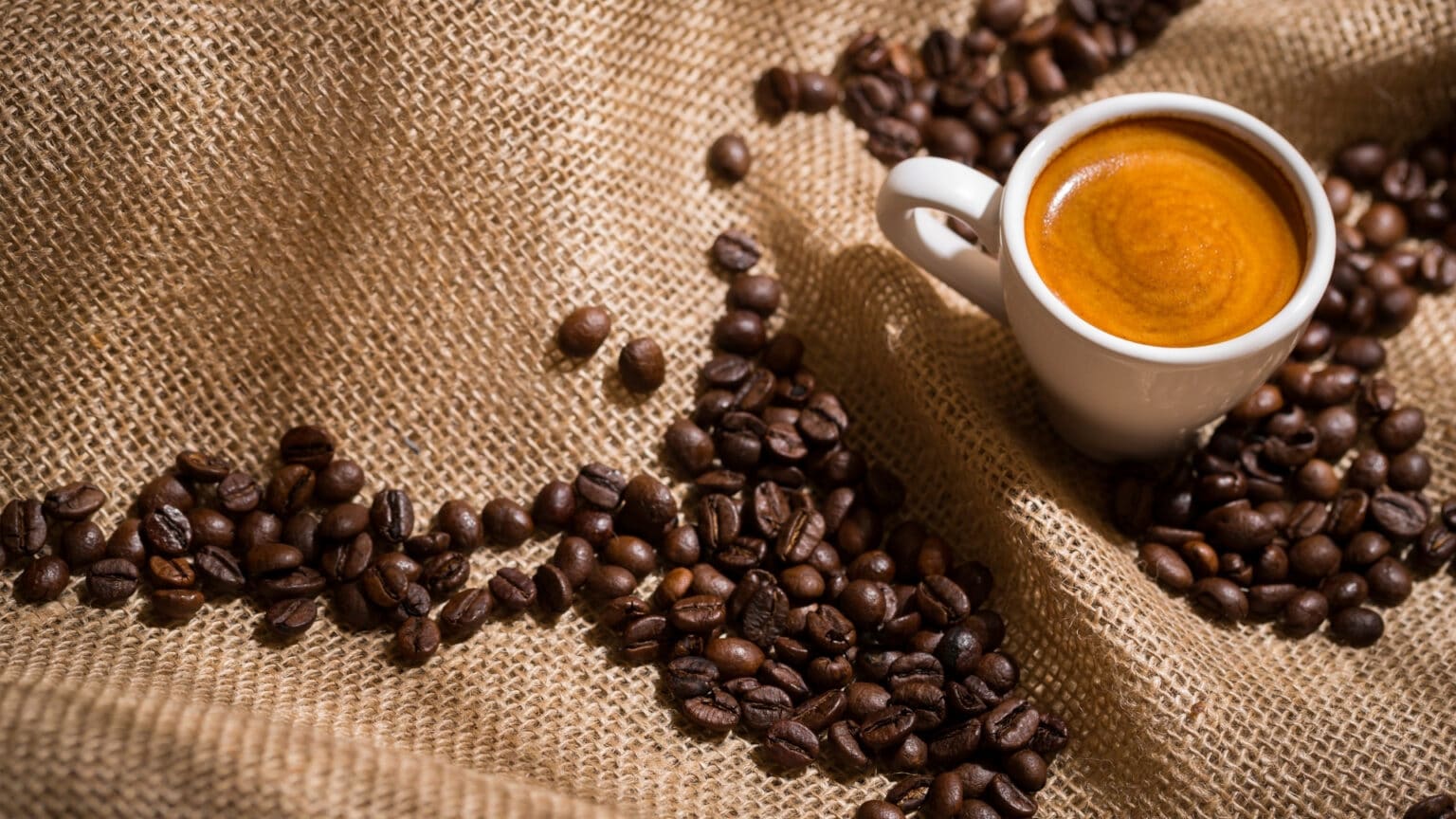
Miniature versions with a volume of 30 ml are intended for ristretto – this coffee is prepared according to the principle of espresso, but with half the volume of water. A portion is literally two sips. One of the most ingenious ways of enjoying coffee is ristretto – a variation of espresso, but at half the volume of water. The difference lies in a coffee grind and brewing time.
The latter also means that the capsule contains less coffee powder so you can extract only a couple of teaspoons worth of it. This method also produces a darker brew, more intense aroma and an aroma that has not been as well preserved in the usual amount of water. Ristretto cups are small and are usually given for free with any order when you buy coffee in a specialized store.
The Pen Is Not for Beauty
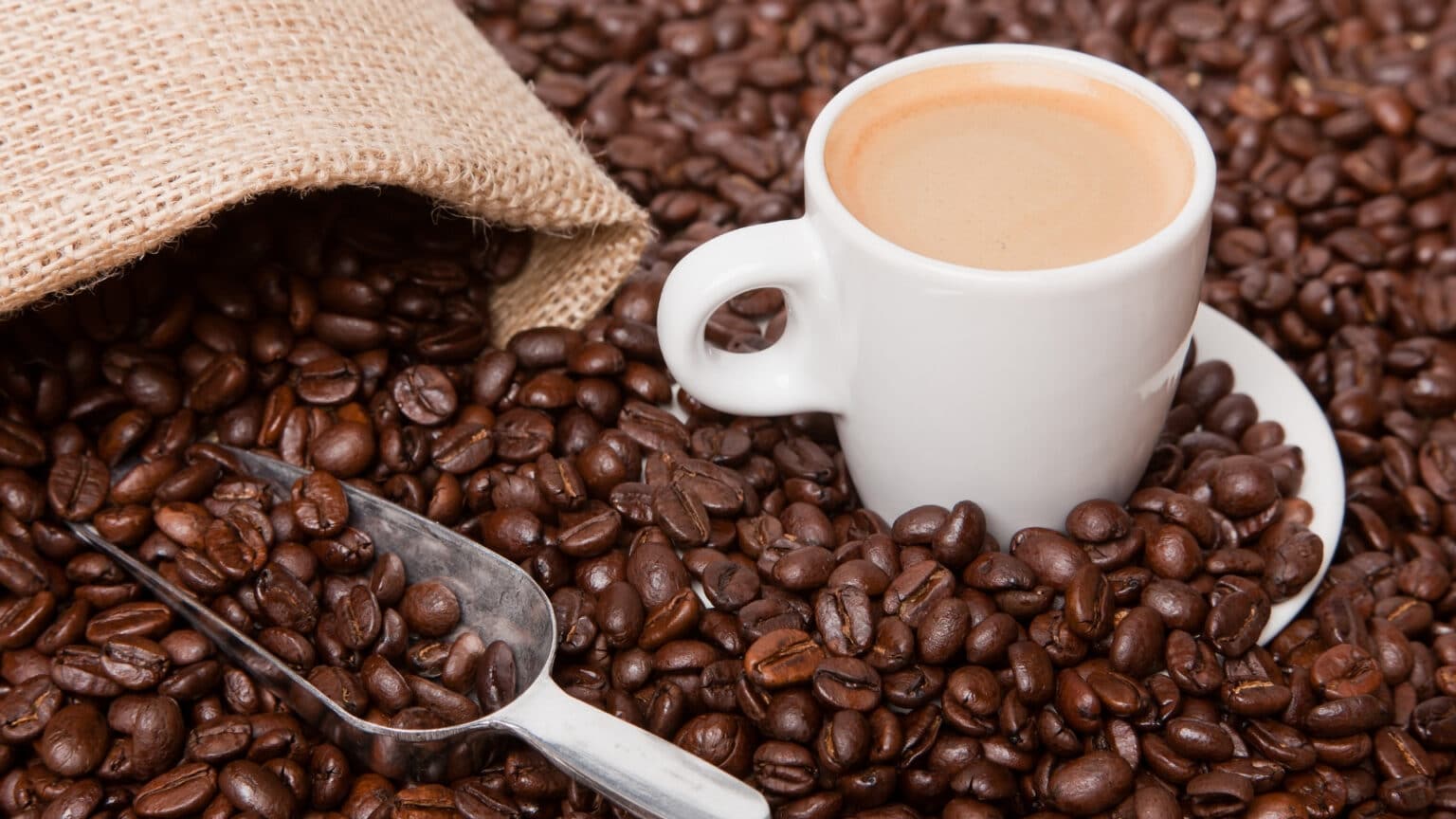
A typical espresso cup has a round bottom which is very deep and narrow, with a flat handle to the side. The handle is broader at the top than on the bottom. Depending on how close your thumb is to your index finger, you can get pinpoint control of the cup.
The etiquette is to hold a coffee cup with two fingers while enjoying an espresso, so the handle on this dish is very small and peculiar. The shape of the handle is designed so that two fingers can hold the pot comfortably, while the middle finger does not rest on the hot cup.
Material and Thickness
The quality espresso coffee mugs are , for a long time, an attribute of stylish modern kitchen and break room. After all, every true coffee connoisseur knows that the taste of the drink is greatly affected by the material from which its container is made. Quality espresso coffee mugs must be made of a special kind of hard porcelain that contains kaolin and quartz.
This porcelain is not afraid of boiling, resistant to scratches, frequent washing. But most importantly, the material retains heat well. The ability to keep warm in the mug allows you to enjoy a delicious drink, after which you can drink coffee with pleasure.
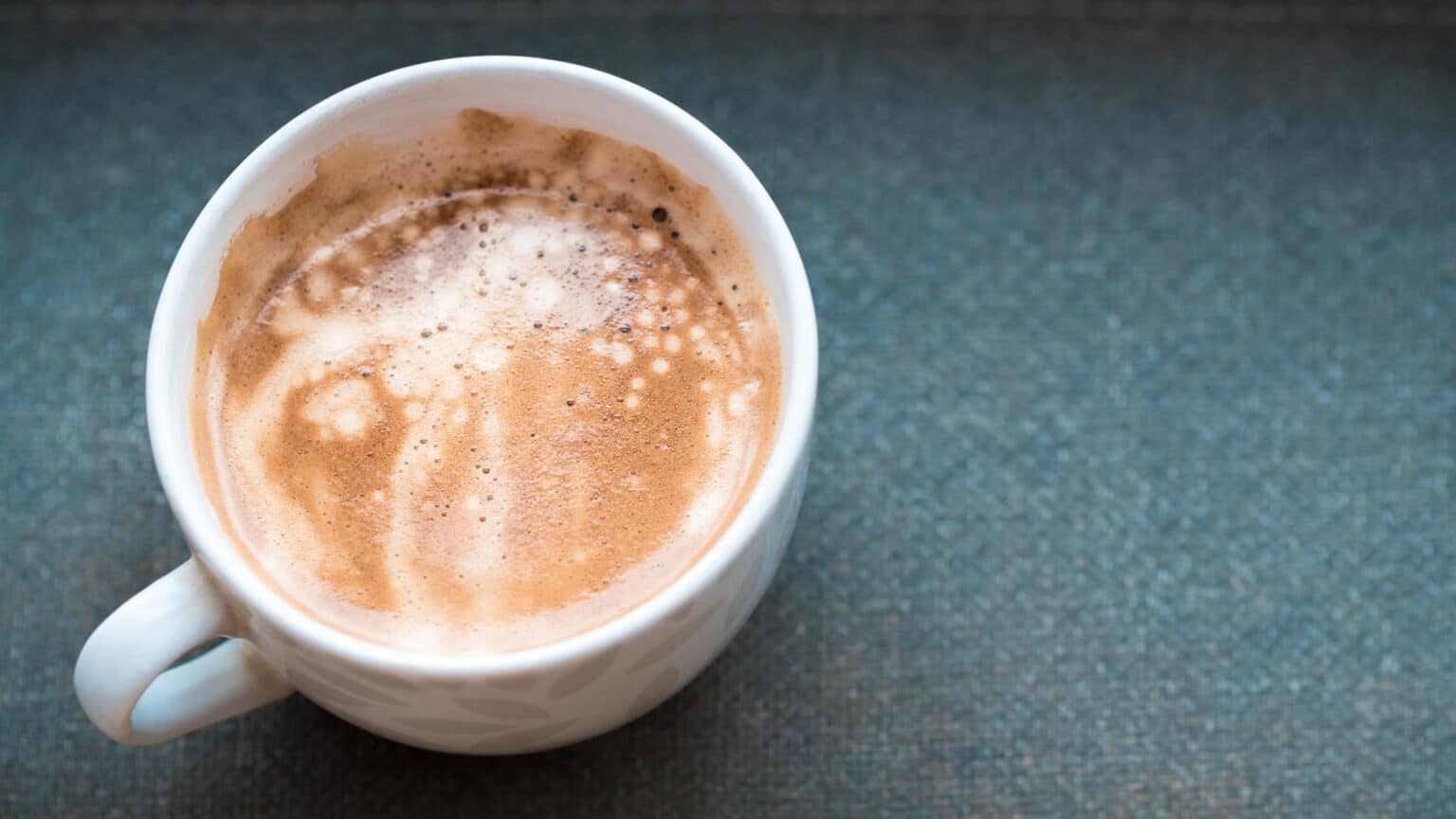
If you want to buy inexpensive espresso cups, look for good-quality ceramic. Ceramic cups are not prone to chipping or breaking and can be considered very sturdy. A well-selected cup will have an even and smooth inner enamel coating that will withstand high temperatures as well as regular dish washing without becoming micro-cracked. With proper care, ceramic espresso cups with their uniquely colorful glazing can become a highly sought after classic piece in your collection.
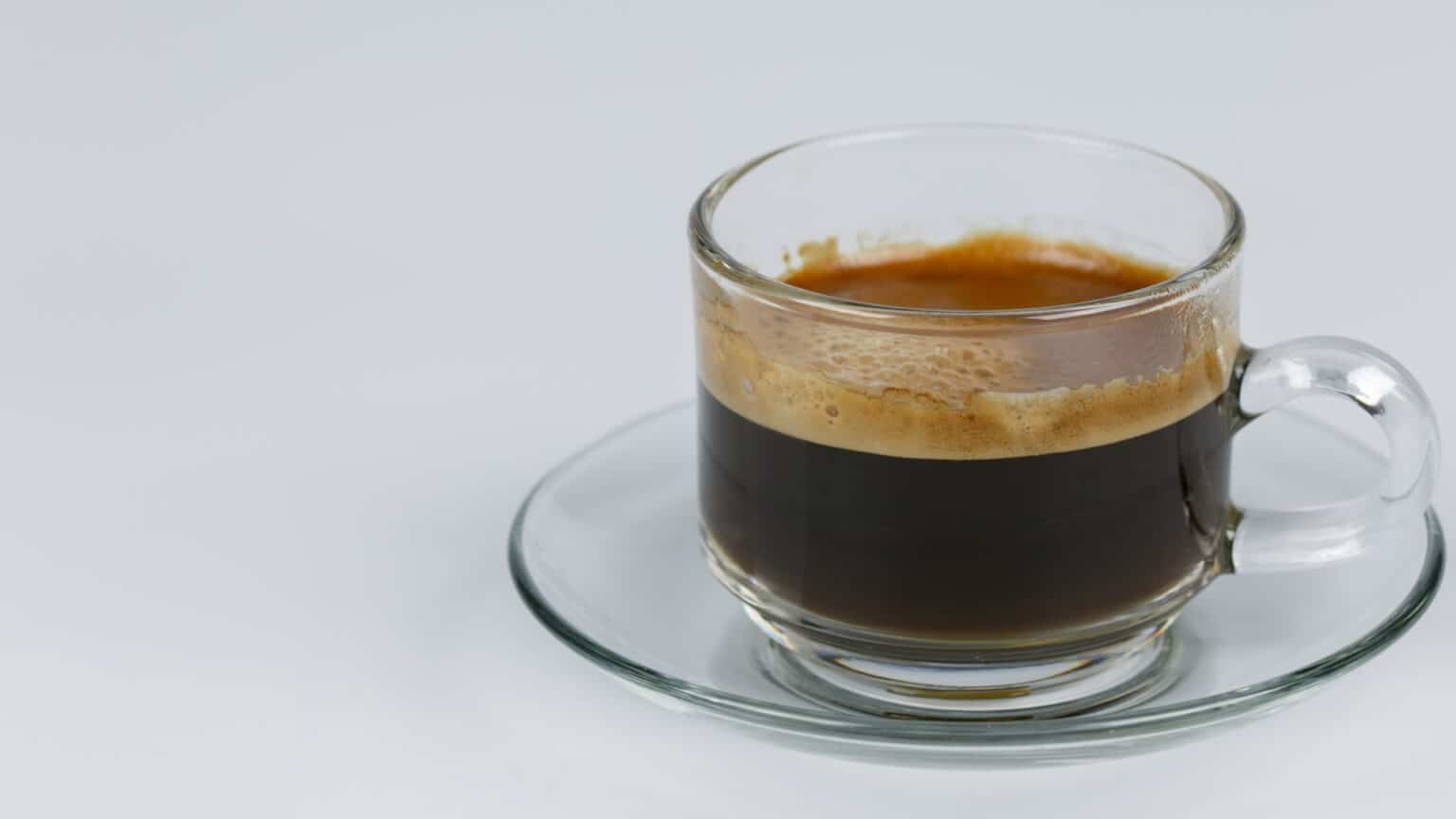
When choosing glass for your coffee cup, make sure it’s heat resistant. It’s bad enough the coffee you poured in stays hot only for a couple of minutes; the last thing you want is to burn your hands trying to handle the coffee cup. Heavier or thick glasses are best. It may cost more, but they do have magic qualities such as resisting odors, fingerprints and stains.

When choosing glass for your coffee cup, make sure it’s heat resistant. It’s bad enough the coffee you poured in stays hot only for a couple of minutes; the last thing you want is to burn your hands trying to handle the coffee cup. Heavier or thick glasses are best. It may cost more, but they do have magic qualities such as resisting odors, fingerprints and stains.
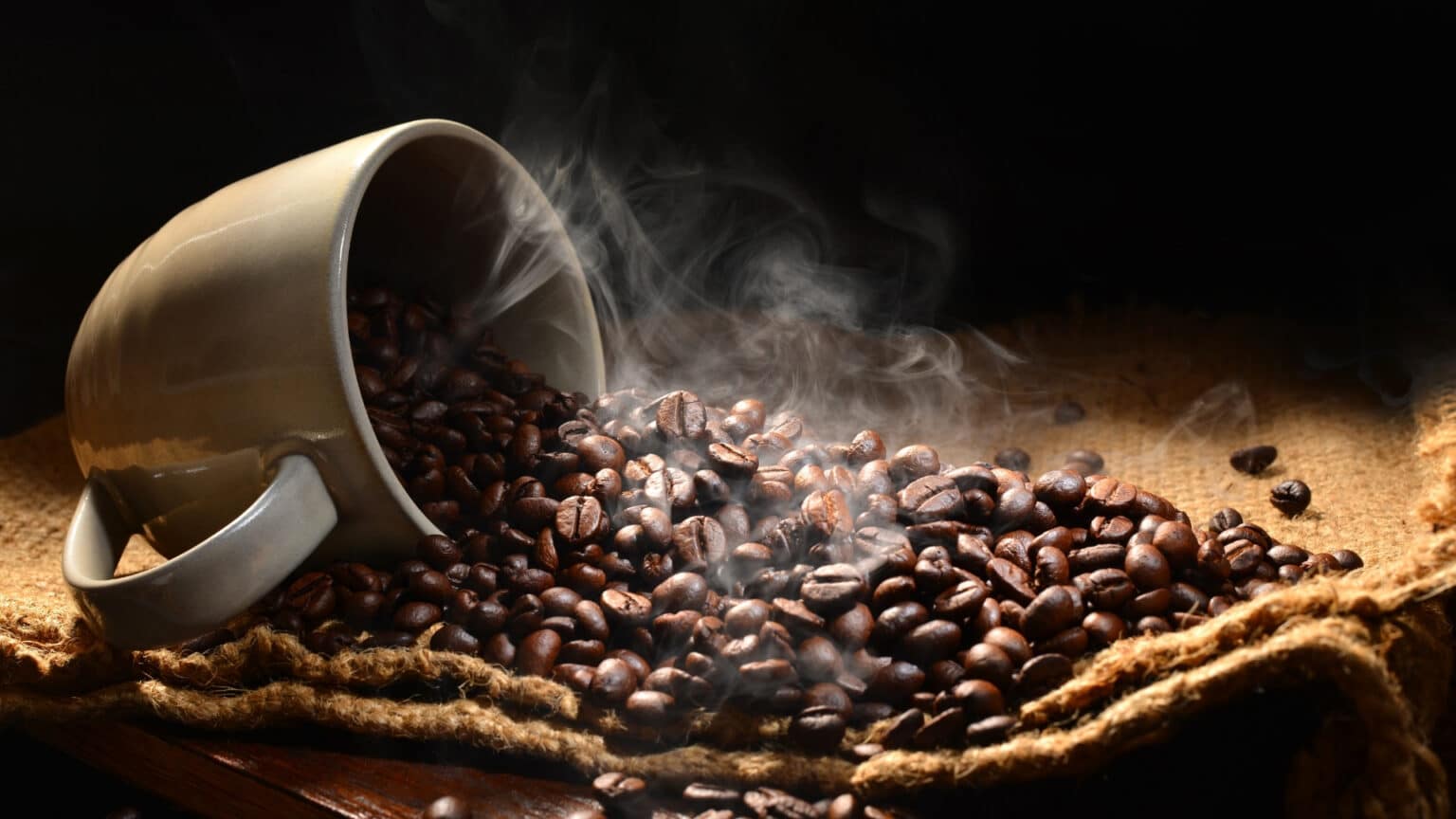
The walls should also be thick, so that the coffee doesn’t cool down quickly. Traditionally espresso is drunk immediately after brewing. In Italian coffee shops, this is done without leaving the counter. You buy it, drink it, and run away.
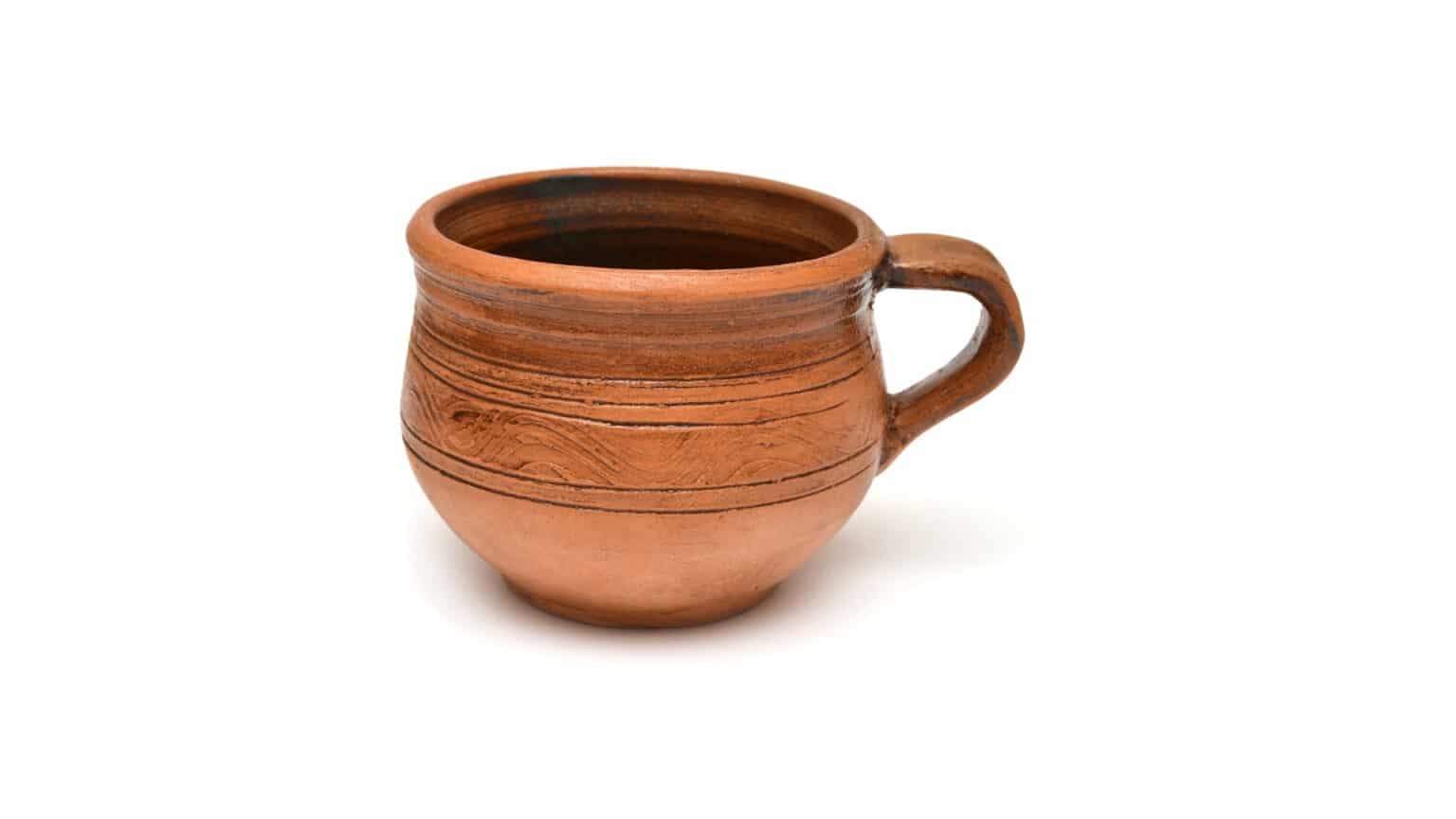
Rough clay and thin porcelain cups are not suitable for serving espresso, they are designed for oriental coffee made in decanters. But the requirements are quite different there.
White is Not a Design Poverty
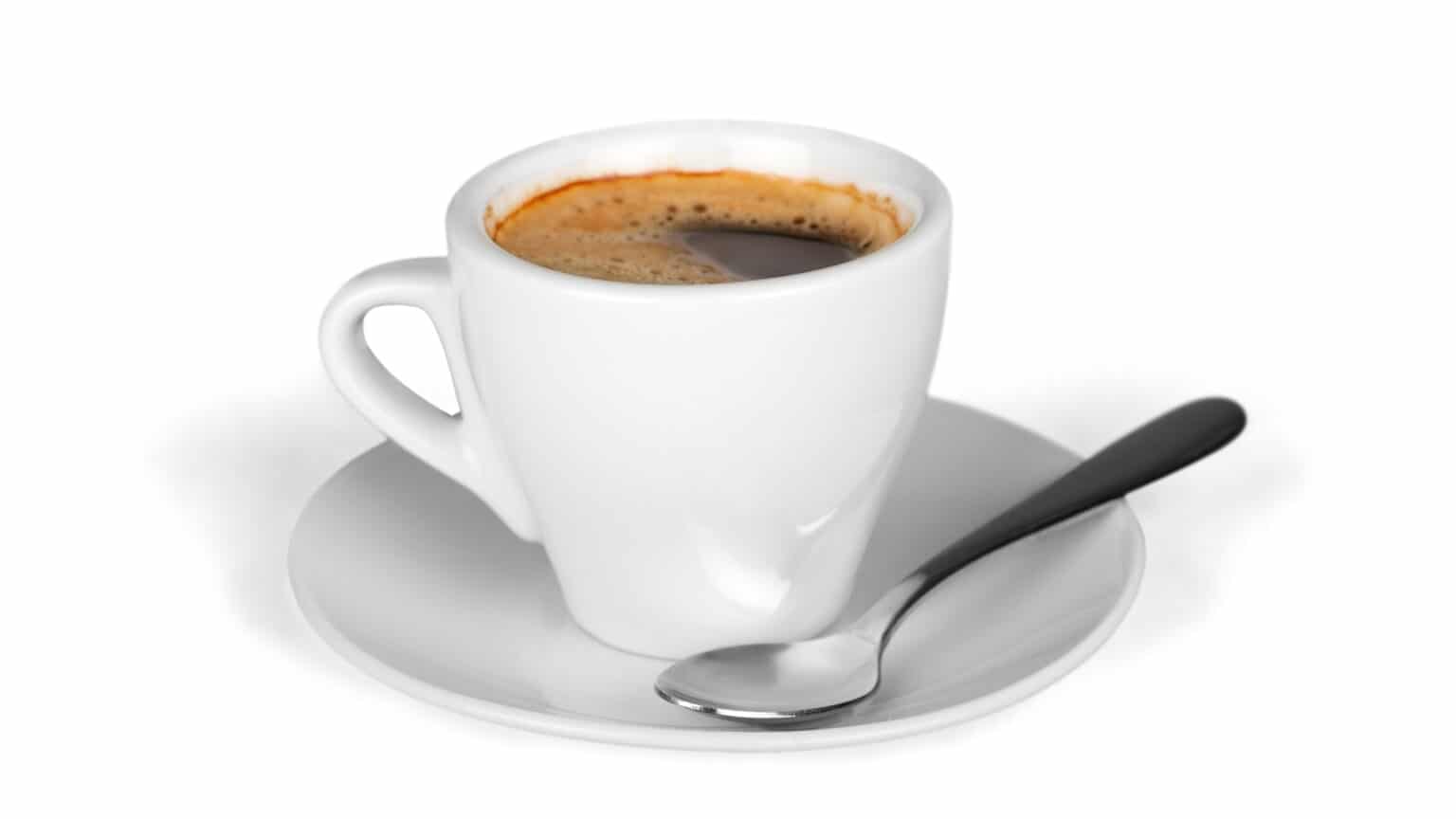
On the shelves, you can find designer espresso cups in different colors, with paintings and other decorations. But all this violates tradition, because a real coffee cup should be exclusively white. An Italian will never drink espresso from a multicolored cup, because it is impossible to assess the quality of the drink in such a cup. In a white cup, the coffee is seen as it is.
The truth of all its qualities (good or bad) is given at once. In a dark cup, you do not see the color of the drink and it requires some special attention to determine whether the coffee is good or bad. To check it you need to smell it, feel its temperature and notice its consistency to make sure that it is good.
A cup with a dark design can hide many defects in the quality of espresso – from burned crusts to floating drops of milk – because these defects are camouflaged by decorations in multi-colored espresso cups. In addition, snow-white dishes are always clean, because if you wash them poorly, flaws will be noticeable.
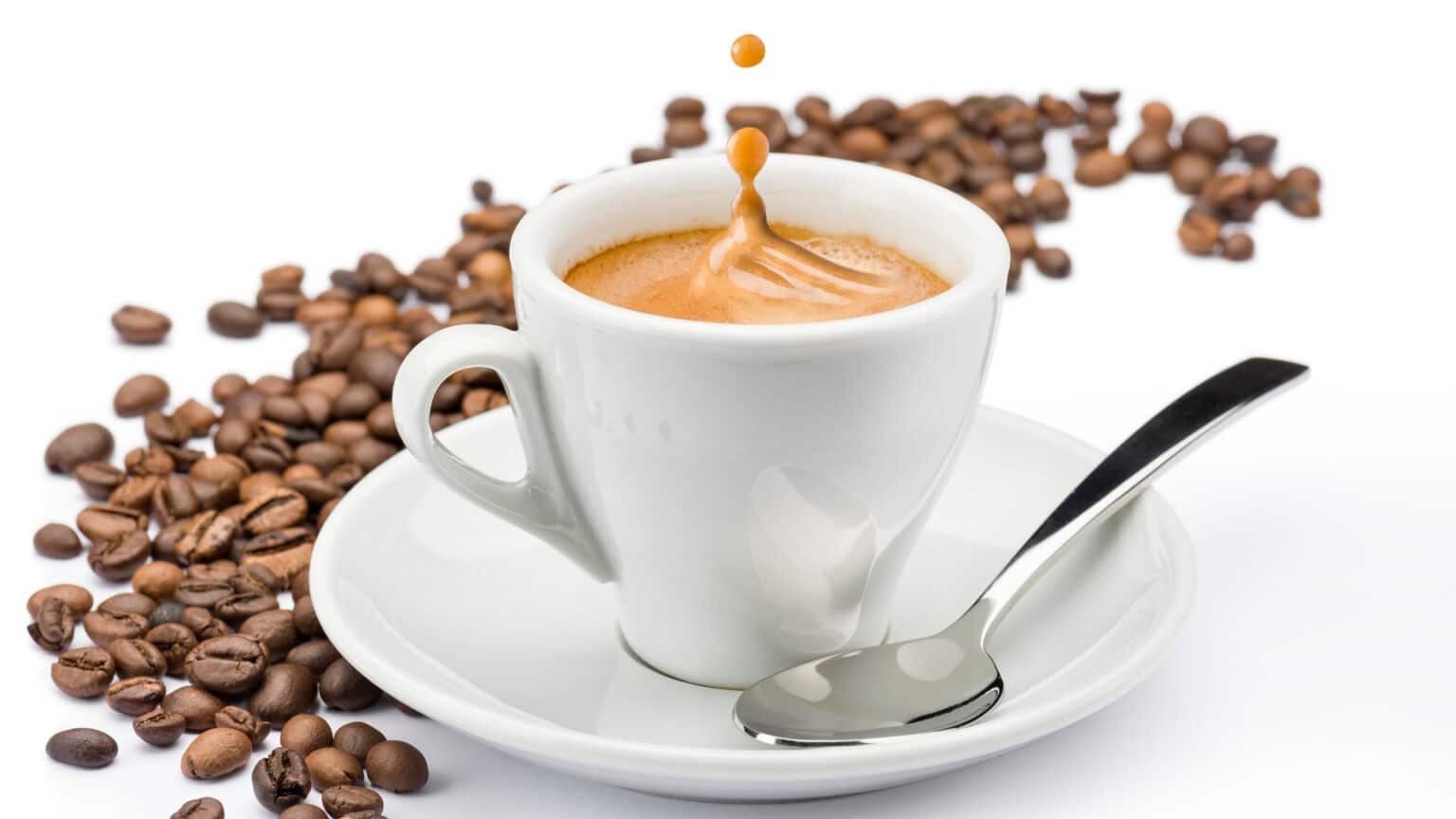
Coffee is more than just a wake-up call – it’s a way of life! With over 500 billion cups consumed each year, coffee is the second most traded product in the world. Black, white, green or red, this much-loved drink has got us buzzing with its heady fragrance and rich flavors and aromas.
Recommended Articles :
Copyright 2025 © Beyond the Embrace
Beyondtheembrace.com is a participant in the Amazon Services LLC Associates Program, an affiliate advertising program designed to provide a means for sites to earn advertising fees by advertising and linking to Amazon.com.

